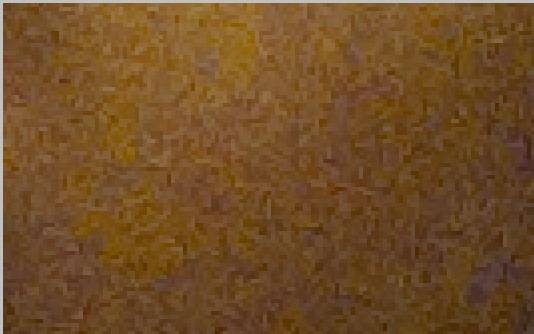It is a superb image maker.
People decry the high ISO performance but these days, good use of up to date RAW converters as well as noise cancellation algorithms can help a lot.
A quick, tight vertical crop on a horizontal image taken with a 20-35 f/2.8 (@20mm &f/2.8) at 3200ISO
That's not color banding in the lower third of the image, those are stripes on the steps leading into the club. It's got noise but I also didn't have time to set up the shot either. With some more work, I can get the NEF file a bit cleaner.
It seems like it's in vogue now to go out at night and want to take photos handheld at f/8. Well, maybe it is, but for decades 400ISO was the real high benchmark. If you needed faster, you had to shoot something like Fuji press or push your black and white. The world is not getting darker. Lenses may be getting slower but that's a whole other matter.
I shoot at Hi-1 on my D2x all the time but usually use 800ISO and hold still, even at night. I think a lot of folks are using high ISO as a crutch to take up the error of bad shooting technique. That may cause a flame war but little more than a decade ago 1000ISO was bleeding edge for color film. Somehow photographers got by using 400ISO film and creating perfectly fine images.
As for the D2x itself, it is more camera than most people need. AF is fast and accurate. The body is amazingly tough. Controls are perfectly responsive and very intuitive. Everything on the camera can be programmed to the user's specifications. The viewfinder is 100% and is among the best of the digital viewfinders out there.
A friend of mine is a photo editor in Philly and I saw her last week during a visit. She grabbed my camera and said it was great and she wanted to trade me because of camera feel and user interface. She shoots with a D800.
The resolution of the D2x is not low. It's extraordinarily high. Low overall in some points of view but the D3 is still in Nikon's stable and it has the same overall resolution but greater pixel pitch. If you post to the web, you don't need more than 2MP. If you work in newsprint, magazine or tabloid format printing, nothing greater than 6MP is necessary. If you do art gallery large prints that are to be looked at close up then you need large format slow film.
You will not have the same lens compatibility with a Nikon DSLR that has more than one digit in the name as you would get with a D2x/D2h or later pro body. The D2/D3/D4 are the first Nikons since the F4 to offer as much metering capability with legacy lenses as that 25 year old film body.
Depending upon what kind of shooting you want to do, the D2x may be your cup of tea. If you want very detailed files from the finest pixel pitch sensor that Nikon has made to date (IIRC) and don't mind the fact that the body is 2 generations old, then the D2x could be for you.
I love mine and in fact I'm going to back it up with a D2h
😱 for the faster speed, smaller file size, incredible image quality, enhanced IR sensitivity and battery compatibility with my D2x.
If you do get one, you'll love it. To each his own though.
Phil Forrest








